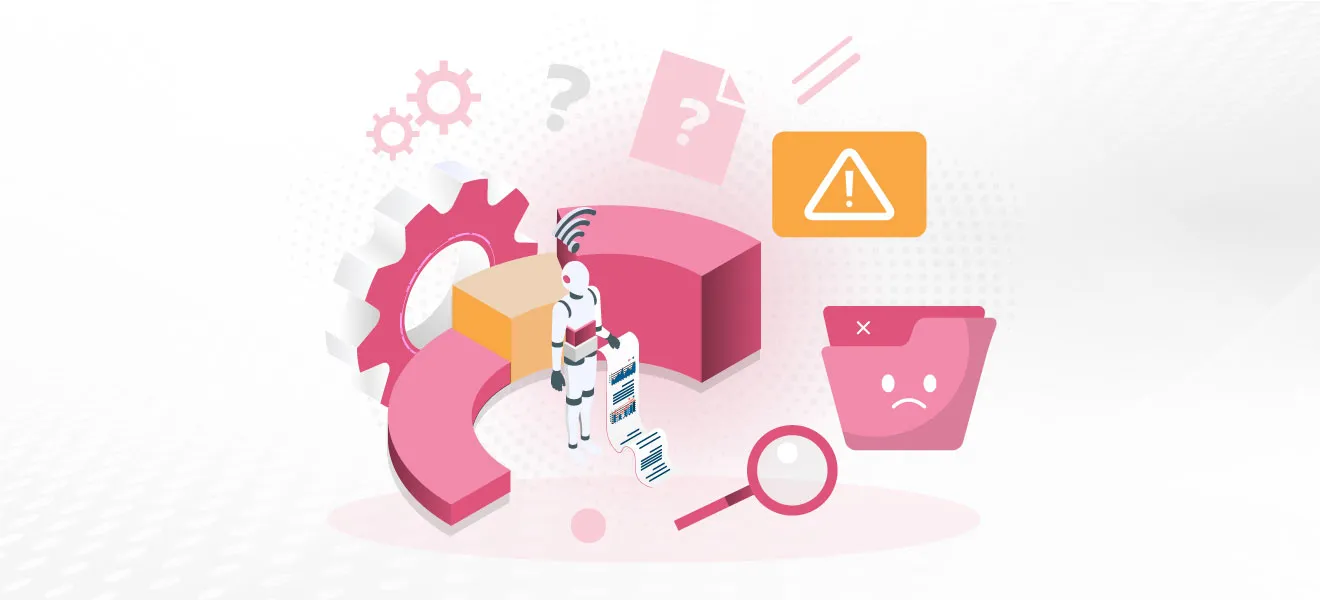You’ve probably seen a lot of ads or posts about trading bots and perhaps even considered using one. But what is the main reason that got you interested? If I were a betting man, I would say that it’s the way they’re presented as pure profit-generating tools. However, the reality is that no trading bot is capable of becoming a money printing machine. In this blog, we will discuss the problem of over-promise of trading bots and what they are actually meant to do.
Key takeaways:
- Unsupervised trading with bots is more or less gambling. Markets are constantly changing, it’s important to adapt and tweak your approach to trading or investing.
- Be wary that trading bot strategies may not perform well under all market conditions and might suffer from look-ahead bias. The excessive promotion of trading bots with unrealistic profit claims and promises is designed to attract attention.
- Be mindful of whom you entrust with your funds. You can still have control and automation at the same time using notifications and alerts.
- Trading bots cannot always account for external factors. Understanding decision making and staying in control helps to stay consistent and more resilient.
What Are Trading Bots Supposed to Be?
Trading bots perform a set of actions and conditions that any human should be able to do on their own. The main advantage of using trading bots is that they’re faster and work in a structured, emotionless fashion. However, with increasing competition in the automation business, companies tend to sell these bots as a solution to building profitable portfolios, while in reality, they should be seen as helpers to ease your decision-making.
Most investors tend to look at a variety of factors before making the final decision to place a buy or sell order. These include checking technical indicators like RSI or moving averages, assessing current sentiment and market conditions, and investigating fundamentals. You would need to stay glued to your screen to track this information properly, meanwhile, an automated setup could gather this data in seconds. And in simple terms, this is all the trading bots are about. They collect information, analyze it and perform actions like executing orders or sending notifications.

Overlooking Safety
Would you trust your co-worker with your hard-earned funds? Why should it be different for trading bots? It’s important to remind yourself that many companies sell the idea of profitable trading bots without providing any actual basis for how they work or how the results were achieved. Even in cases when the trading bot strategy is back-tested, there’s a likelihood that the back-test results are no longer valid (learn more about the “look-ahead bias”). The market is a continuously evolving hive mind made up of thousands of decisions made by investors of varying calibers. If there were a strategy that could guarantee profits despite the market conditions, it wouldn’t be made public. Trusting tools like these is more or less gambling with your funds.
Staying in Control
While trading bots have no emotions and execute based on predefined conditions, running one capable of executing trades can still leave an unnerving feeling — especially if we have no control over when orders are placed, as we can never be completely sure that the trading bot has evaluated all the important factors. Having stop-loss or take-profit targets is important; however, entries and exits can vary significantly depending on factors beyond the trading bot’s scope. Nowadays, a single tweet from an influential person can dramatically shift the direction of the market. Don’t fall victim to the idea that funds can be left unmanaged simply because bots are handling trades.
At Jellydator, we don’t promote the idea of making quick gains. The purpose of this platform is to simplify financial market data into clear, manageable steps and to assist decision-making using automated processes that analyze data, provide notifications, and in some cases, execute trades automatically. This is the most appropriate way to use automated solutions — it is risk-free, and you retain full control of your funds. We never promise profits; and ultimately, the individual makes the final decision.
Conclusion
Trading bots can be valuable tools to help gather and analyze market data quickly and efficiently, but they are not magic profit machines. Understanding their real purpose — that is, being assistants to support your decision-making rather than replacements for it — is crucial for realistic expectations. Always remember that market conditions are unpredictable and no strategy guarantees success. Prioritize security by maintaining control over your funds and using trusted platforms that emphasize transparency and responsibility. With the right mindset and automation used wisely, trading bots can be powerful allies in your investing journey — not shortcuts to easy money.

